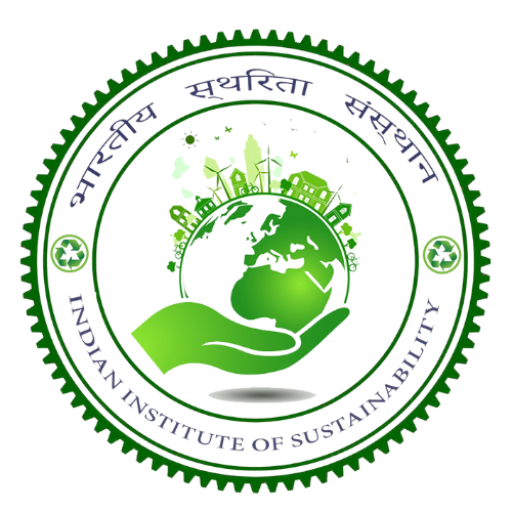IIOS Environmental Health and Safety offerings empowers organizations to protect the well-being of workers, reduce risk, improve productivity, enhance compliance, and drive measurable business improvement.
Our advisory services aim to provide our customers with the tools and knowledge to drive operational excellence and mitigate risk through integrated health, safety and sustainability practices and solutions.
An increasing number of organizations are seeking strategic guidance on safety and sustainability programs, in addition to systems for tracking and reporting. Organizations need a trusted advisor to navigate continually changing regIIOSations, requirements and trends in employee health and safety (EHS) and sustainability and give guidance on best practices tailored for their specific needs.
Safety gap analysis
A safety gap analysis is a useful tool that EHS management can use to zero in on areas in need of improvement that will give them the highest level of ROI. Like an audit, a safety gap analysis requires personnel to provide evidence that they have met specific standards and requirements. However, a safety gap analysis will also include a high-level look at management practices, culture and operational performance.
After we have identified gaps, we can help you prioritize them based on seriousness and recommend corrective actions – including timelines for completion.
To begin the analysis, the IIOS team will conduct a facility audit to:
- Identify and evaluate existing employee safety hazards and exposures
- Observe and offer feedback on employee work practices and material/finished goods movement from area to area
- Inventory all existing hazards, exposures and work practices to determine applicable regulatory standards (e.g.,Occupational Safety and Health Administration [OSHA] and National Fire Protection Association [NFPA])
- Review existing policies, programs, procedures and training matrices to ensure all identified hazards and operations are properly accounted for and addressed
At the conclusion of the facility assessment, IIOS will conduct a high-level audit to verify you have the appropriate policies, programs and training matrices in place to address all identified hazards and loss exposures.
If we don’t find the necessary policies, programs or training requirements, we will give you recommendations regarding mandatory written programs and employer responsibilities.
In our audit, we evaluate the following, and more:
- Bloodborne pathogens
- Confined spaces
- Cranes/hoist/rigging
- Electrical safety
- Emergency action plans
- Fall protection
- Fire safety
- Forklifts
- Hand/power tools
- Hazard communications
- Hearing conservation
- Lockout/tagout
- Personal protection equipment (PPE)/hazard assessment
- Process safety management
- Respiratory protection
- Workplace violence prevention
In addition to the safety gap analysis, our team can also provide the following services: environmental gap analysis and machine risk assessments (Level 1).
Environmental gap analysis
The environmental gap analysis focuses on compliance under federal, state and local environmental laws and regulations. Specifically, we assess current operating practices, determine applicable regulatory requirements, evaluate compliance with existing permits and identify areas of noncompliance with the following environmental regulations:
- Clean Air Act
- Clean Water Act
- Comprehensive Environmental Response, Compensation and Liability Act (Section 103)
- Emergency Planning and Community Right-to-Know Act
- Oil Pollution Act
- Safe Drinking Water Act
- Federal Insecticide, Fungicide and Rodenticide Act
- Resource Conservation and Recovery Act/Hazardous and Solid Waste Amendments
Machine risk assessments (Level 1)
The machine risk assessment (Level 1) provides on-site risk assessments and machine safe-guarding audits of industrial machinery (including robots, customized equipment and conveyor systems) in accordance with OSHA, NFPA, American National Standards Institute (ANSI), Robotic Industries Association (RIA) and applicable ISO and IEC/EN standards.
This service:
- Identifies applicable U.S. or local regulations and standards for your specific machinery
- Performs an analysis of the machinery to applicable standards
- Conducts a risk assessment in accordance with ANSI B110 or ISO12100 (includes client input and recommends practical risk reduction measures)
- Provides a detailed machine safety report that includes observations, recommendations, risk levels and specific, prioritized corrective actions
